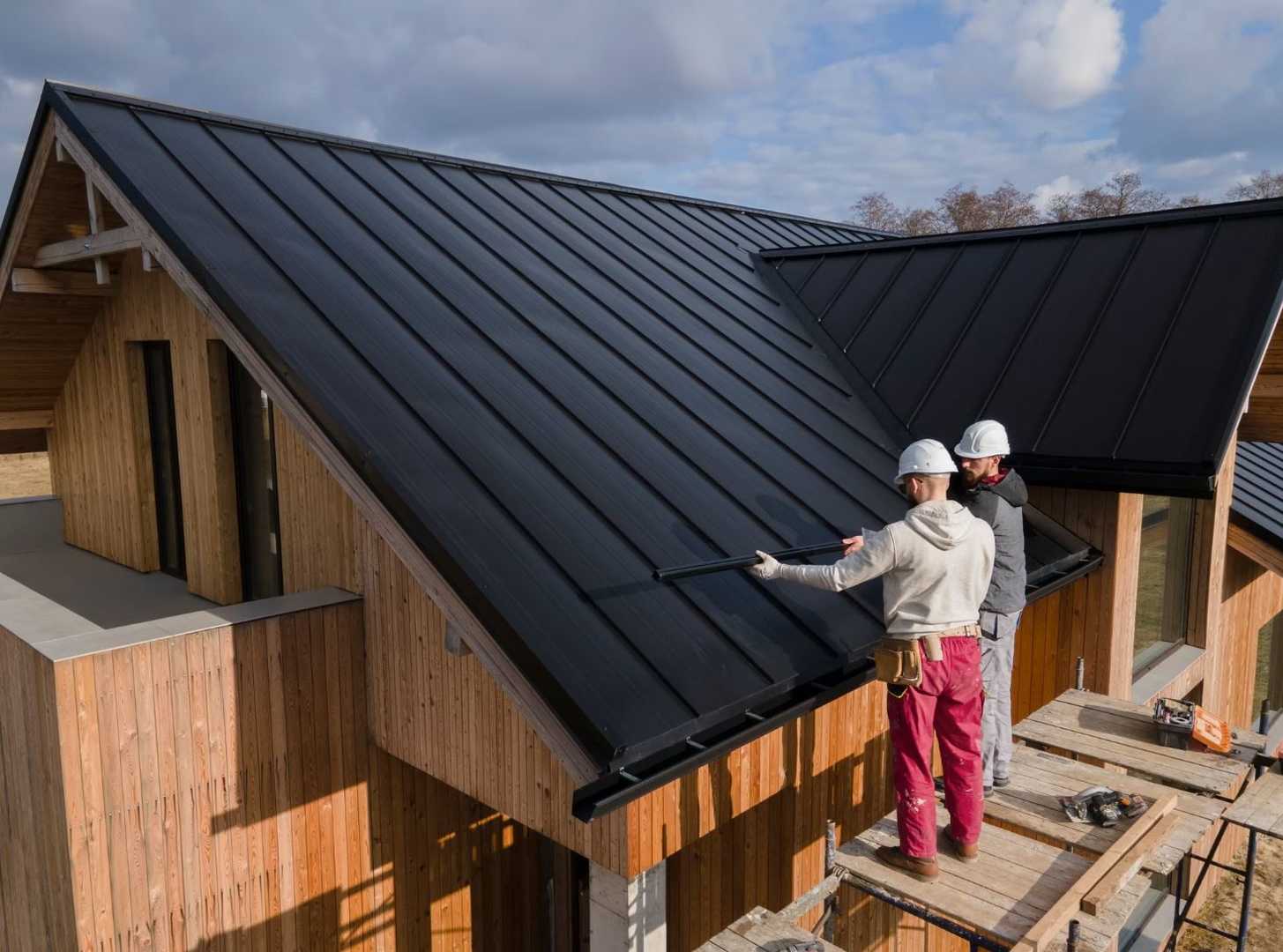There is no doubt that replacing your roof is a substantial home improvement project that requires careful planning and a major investment. Being prepared for what the process entails can help to make the procedure go as smoothly as possible. In this article, we’ll walk you through what to expect when it’s time to replace your roof, from the initial preparation phase through the aftermath of the project’s completion, and how to maintain your new roof for years to come. If you’re in need of advice or want to learn more, keep reading!
Understanding Your Roofing Needs

Your home’s condition, location, exposure to the elements, and roofing material all play a critical role in determining when it’s time to replace your roof. Roofs made of asphalt shingles typically last between 20 to 25 years, while those made of metal or tile can last up to 50 years or more. Damage caused by severe weather, tree branches, or general wear and tear can also necessitate a roof replacement sooner than expected.
For homeowners who are unsure about their roofing needs, an instant roof quote can provide a ballpark figure. This quote can guide you in budgeting for your roof replacement and exploring financing options if needed. If your roof is nearing its lifespan or has sustained damage, it can be beneficial to conduct an inspection with a professional roofing contractor. Various signs indicate a need for a roof replacement, including cracked or missing shingles, sagging, leaks, or interior water damage. Taking the time to understand your roofing needs can ensure that you make informed decisions throughout the replacement process.
Selecting a Roofing Contractor
Selecting the right professional to handle your roof replacement is another essential step. A good roofing contractor will provide a detailed quote, explain the process clearly, and be able to answer any questions you may have. Look for contractors with a strong reputation in your community, references from previous clients, and the necessary licenses and insurance. Before you settle on a contractor, take the time to get several quotes. The cost of a roof replacement can vary from one contractor to the next due to materials, labor, and other factors.
While affordability is an important consideration, avoid making a decision based purely on cost. A contractor who offers a quote that seems too good to be true may be cutting corners on quality. In addition to cost, also consider the contractor’s communication style. You want a contractor who will keep you informed throughout the process, from the initial consultation through the final inspection. Good communication can enable you to manage your expectations and minimize any potential surprises or challenges during the roof replacement.
Preparing Your Home

Once you’ve determined your roofing needs and secured a contractor, it’s time to prepare your home for the actual installation. Depending on the scope of the project, this can entail moving outdoor furniture, protecting windows and plants from dust and debris, and informing your neighbors about upcoming noise and activity. Inside your home, remove pictures or other hanging items from walls that could shake during the installation.
You may also need to protect items in your attic or upper levels from dust ingress, particularly if your old roof has to be stripped down to the rafters. Following your contractor’s guidance on home preparation can ensure a smoother and more efficient installation. It’s also worth considering the timing of your roof replacement. Depending on your area’s climate and weather patterns, some seasons may be more suitable for roofing work than others. Scheduling your roof replacement at the right time can minimize disruptions and ensure the best possible installation conditions.
The Installation Process
The actual installation process will depend on your roof’s size, shape, and the materials used. Regardless, expect the entire process to be noisy, with work beginning early in the morning. In most cases, the old roofing materials will be removed first, allowing the contractors to inspect your roof’s underlying structure. Any repairs will be made before installing the new roofing materials. This process may take a few days, depending on your roof’s size and complexity. However, most contractors aim to finish the project as quickly as possible to minimize disruption to your daily routine.
During the installation process, your property will be a work zone. Safety should be a priority for both the workers and your household. Ensure children and pets are kept safe, and avoid walking near the work area. Your contractor should also provide safety regulations, including keeping the site tidy and securing all equipment at the end of each day. If you have any concerns about your belongings, you may want to look into renting a storage unit to protect them from damage.
Inspection and Cleanup

After installing your new roof, your contractor should conduct a final inspection to ensure the work meets quality standards. This inspection will include checking the installation, examining the materials, and looking for any potential issues. If any problems are detected, this is the time for them to be addressed. Once the work passes inspection, it’s time for cleanup.
A good contractor understands the importance of leaving your property as they found it. This means removing all leftover materials, sweeping for nails, and restoring any disrupted landscaping. Be sure to conduct your own inspection to ensure the cleanup is thorough. In addition to the cleanup, your contractor should provide a warranty on their work. This warranty will protect you if your roof suffers from installation errors and provide peace of mind knowing your investment is protected.
Maintaining Your New Roof
With your new roof installed and the site cleaned up, it’s time to consider how to maintain your new investment. Regular maintenance is the key to extending your roof’s lifespan and ensuring it remains in great condition. An annual roof inspection, either by yourself or a professional, can identify small issues before they become significant problems. This can include replacing damaged shingles, tightening loose fasteners, or repairing minor leaks.
Regular cleaning can also keep your roof free from debris, minimizing the chances of damage. You also want to be sure that your home has proper insulation and ventilation so that you can protect your investment. A new roof is a boost to your home’s integrity and value. Taking the time to maintain it properly can ensure that it provides a lasting return.
Final Thoughts

Replacing a roof is a large project, but with careful planning and the right professional assistance, it doesn’t have to be a daunting one. By knowing what to expect during the process, you can navigate the challenges effortlessly and make informed decisions that will ensure the longevity and durability of your new roof. From identifying the need for a new roof to the final inspection and cleanup, the process involves several steps. Keeping these steps in mind can help you to manage your expectations and prepare both physically and mentally for the project.
Whether you’re dealing with a weather-worn roof or planning to enhance your home’s curb appeal with a new roof, this guide provides you with the knowledge to embark on your roofing journey with confidence. Overall, replacing your roof is an opportunity to protect your home, improve its appearance, and add value. By understanding what the process entails and taking steps to prepare and maintain your roof correctly, you can maximize your investment and enjoy a durable, high-quality roof for years to come.




